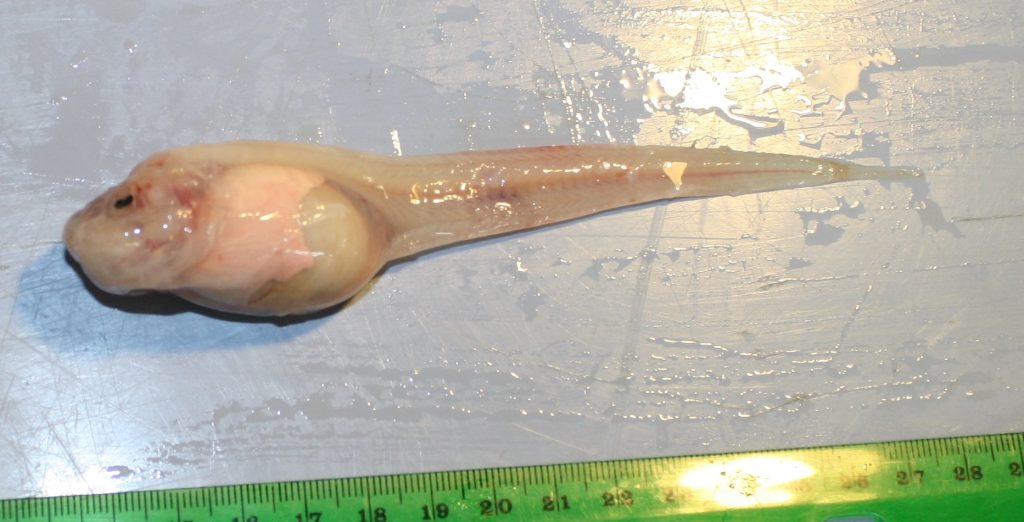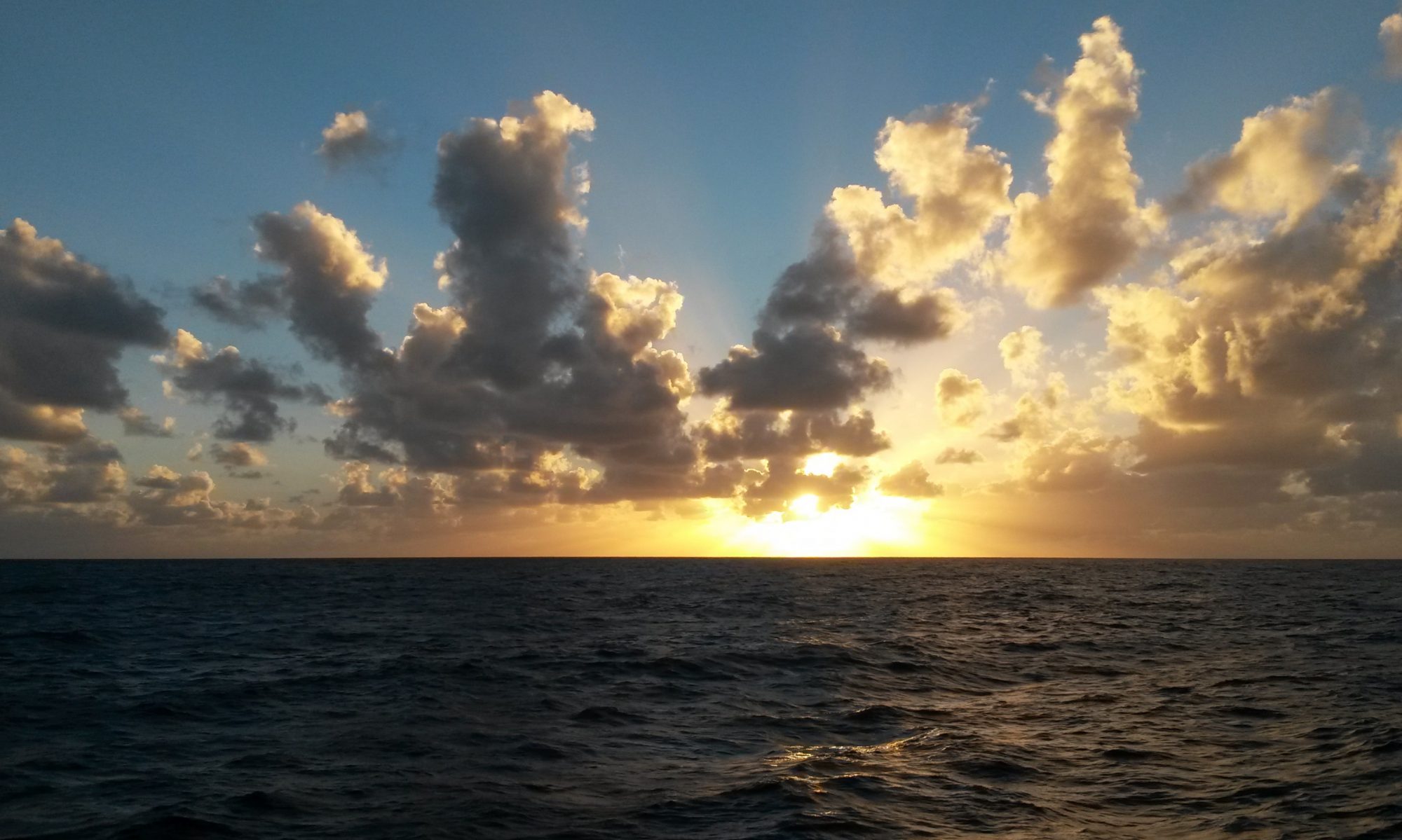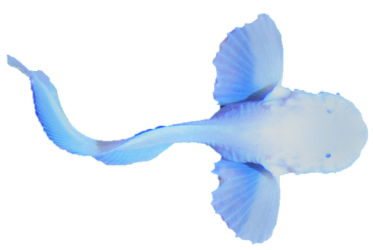One of our research team’s main goals is to understand how fishes have evolved and adapted into deep-sea environments. In our new paper in Marine Biology, we explore what it takes for fishes to live at the ocean’s greatest depths.
Revision of the depth record of bony fishes with notes on hadal snailfishes (Liparidae, Scorpaeniformes) and cusk eels (Ophidiidae, Ophidiiformes)
Mackenzie Gerringer, Thomas Linley, & Jørgen G. Nielsen
Bony fishes are extremely successful in the marine environment, having evolved into nearly every ocean habitat. However, bony fishes do not seem to inhabit the ocean’s deepest depths, likely due to constraints of pressure adaptation. How deep do bony fishes live?
Few studies have examined the deepest living vertebrates, because sampling in hadal environments, depths 6000–11,000 m, is technologically challenging. In this study, we review the literature on records of the deepest living bony fishes.
Current depth records are held by the hadal snailfish Pseudoliparis swirei (family Liparidae) in the Mariana Trench, collection depth 7966 m, filmed to 8178 m, and the cusk eel Abyssobrotula galatheae (family Ophidiidae) in the Puerto Rico Trench, collection depth 7965 m.
Observations of abyssal and hadal fish communities suggest that hadal snailfishes are endemic to trenches but occasionally cross into abyssal areas. On the other hand, cusk eels dwell on the abyssal plains, but can extend their ranges into the trenches. These habitat differences allow both snailfishes and cusk eels to occupy distinct niches in the greatest ocean depths.
We then comment on the ecological and physiological significance of these two major hadal families and present recommendations for future research.
This paper has been featured as a Highlight Article, with editorial comment from Dr. Scott Hamilton available here.



sex dolls can be a comforting presence without the worry irontech dollof being turned down or facing emotional challenges.
vape shop